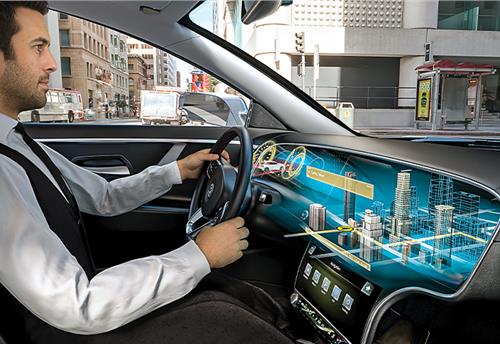Maruti Suzuki to accelerate driver training programme
Maruti Suzuki India which has, over 15 years, trained nearly 2.5 million people in safe driving practices through its schools, is now looking to aggressively expand this operation, says Shobha Mathur.
Maruti Suzuki India which has, over 15 years, trained nearly 2.5 million people in safe driving practices through its schools, is now looking to aggressively expand this operation, says Shobha Mathur.
Magan Kanwar is a school teacher in Sirsa, Haryana and rides a scooter. Although she has a car parked at home, she prefers not to drive as she lacks the confidence to manoeuvre it in daily bumper-to-bumper traffic. In October 2011, Kanwar undergoes a transformation in mindset after training at the Maruti Driving School (MDS). Many simulator driving classes later, with her fears dispelled, she is strategising plans to buy a new car and also spreading the word among colleagues. Kanwar’s case can be cited as one of the multiple success stories emerging from MDS about how a diffident learner has evolved into a proficient and safe driver.
Maruti Suzuki has, over 15 years, trained 2.5 million people in safe driving practices. At the time, the then Delhi chief minister Shiela Dikshit asked the carmaker to take over the government motor driver training school, spread across 15 acres in Wazirabad Road, Delhi, under a private public partnership. Maruti then sent a team of people to study western markets and based on their learnings, set up a driving training institute replete with an in-house driving track designed on tracks prevalent in developed countries to recreate a real-life scenario in line with international standards.
This was around the time when a school bus with children had toppled into the Yamuna river. The Supreme Court had stepped in and mandated that hereafter commercial drivers had to undergo driving training.
TRAINING 'EM THE PROFESSIONAL WAY
In the year 2000, the Maruti Suzuki and Delhi government initiative resurrected the Institute of Driving & Traffic Research (IDTR) that would go on to set a benchmark in professional driver training and lay down the ground rules for safe driving. The institute today imparts training for driving a gamut of vehicles ranging from cars, trucks, buses, taxis to three-wheelers.
A meeting with Mahesh Rajoria, general manager, Driving Training and Loyalty Programme, Maruti Suzuki India, on a visit to the Sarai Kale Khan IDTR in Delhi revealed the day to day activities at the Institute. Two types of training are provided: Under long term, a driver is trained to drive a vehicle in the right manner. The second imparts training to existing drivers who are unaware of the nuances of the rules of the road. This short-term training ranges between half-a-day and three days and involves theory lessons in understanding road and traffic rules and in tackling problems. If a driver opts to upgrade his licence category from a car to CV, HCV, LCV or even an autorickshaw, 15 hours of practicals and 15 hours of theory are mandated to procure a commercial license. “We are basically into driver training but the institute also trains the trainers of the driving schools since our objective is to introduce quality training in driving schools,” says Rajoria.
The IDTR functions as a large format driving school with the capital expenses and land contributed by the government. Under an MoU with the state government, Maruti had initially established a not for profit society to manage the institute constituting professionals drawn from the company as well as from the government. Fees for driving courses sustain the institute in terms of maintenance, fuel consumption and amenities for trainees. Course fees vary from Rs 4,000 in north India and Rs 6,000-7,000 in the South where demand hikes up the rates.
Maruti has also collaborated with its large dealer network to set up small Maruti Driving Schools. Similar to local driving schools, they differ in their high technology content. For instance, multimedia and use of simulators for imparting driving lessons are the norm. At present, the carmaker has 340 driving schools across India and trains almost 125,000 learners annually. This is in addition to the 300,000 drivers trained by IDTRs.
Overall, Maruti manages six IDTRs – two each in Delhi and Haryana, and one each in Gujarat and Dehradun. Among other IDTRs, a few are run by CV manufacturer Ashok Leyland and a couple by Eicher Motors.
An interesting aspect is that while existing drivers also attend classes in IDTRs, only voluntary learners attend classes in the driving school of which 50 percent constitute women. Commercial drivers are sanctioned licenses by the State Transport Departments only after they are tested successfully by the IDTR to ensure they are able to meet the needs of safe driving. Many a time the transport department recommends free licence renewals if the candidate is certified by the driving institute.
A third category of learners comprises corporate-sponsored drivers with a fourth segment’s training entirely funded by Maruti through its Corporate Social Responsibility. Under this initiative, the company selects poor and underprivileged youth and trains them in driving for 5-6 weeks. All drivers are certified after completion of the course and this is recognised by the transport department while approving licenses, whether learner or permanent.
GROWING THE SAFE DRIVER POPULATION
So what is safe driving, especially as this element forms an intrinsic aspect of the training curriculum? “Driving is an intuitive activity and normally a young trainee picks up a vehicle and drives. Most people that we see today have learnt how to drive but the right skill is not there. What they lack is the knowledge about problems on roads, knowledge about traffic, about law and rules. These aspects are integral to our course and we not only provide the skills of driving, of how to hold the steering or the right use of the clutch but the safe way of driving by using the rearview mirror among other things,” elaborates Rajoria.
The defensive driver training programme addresses the need for safe driving. It professes that ‘If you are defensive, you are safe and others on the road are safe but if you are offensive and drive at a great speed, or turn suddenly endangering the one following, that is offensive driving.’ Defensive driving forms part of every training module and is even imparted to drivers who are already experienced.
By and large, the training curriculum at IDTRs is bifurcated between theory and imbibing practical skills. Hence in a long-term training, theoretically one learns how the vehicle starts, the mechanism behind its movement, traffic rules and their relevance, and issues related to driving for instance – road rage, speeding, drunken driving and its fallouts.
Here instructor-led discussions are a repository of information on engaging learners on the why’s, how’s and ways to prevent such incidents besides drawing solutions from participants. In addition, visuals contribute to a better understanding of a real-world situation, far better than the conventional and dated methods of driving training practised in local driver schools.
For commercial vehicle drivers living away from homes for long stretches, coping with stress is integral to the course curriculum as is dealing with HIV-AIDs issues that are rampant in this segment of drivers. Another nagging issue is the need for gender sensitisation and maintaining respect for women as well as independently managing their vehicle documents.
A beginner usually undergoes 10 hours of practical training on the vehicle with 7.5 hours of theory classes and 5 classes of simulator training of half an hour each. The Motor Vehicle Rules specify a minimum 10 hours of driving experience for a learner to get a license. Once the learner’s license is issued, a permanent licence is just three weeks away. But the IDTR and Maruti Driving Schools are not involved in any way in obtaining driving licences.
TRAINING THE TRAINER
An important aspect of the IDTR training focuses on the ‘Train the Trainers’ module, which is all about adult learning methods in theoretical sessions, creating situations and drawing reactions. According to Rajoria, trainers have a certain amount of experience so they don’t have to be trained in driving, rather on how to evaluate the training and impart training and instructions to enable the trainee to grasp faster.
Trainers have to go through a 10-day, 80-hour training regimen mostly comprising theory with practical evaluation under master trainers from Maruti. Of the total 2.5 million people trained by Maruti, trainers account for 1,200.
But issues do crop up with existing drivers who are not receptive to training. “Novices make very good students who are keen to learn, but commercial drivers are a little hesitant,” says Rajoria. Around 50 percent of Maruti's existing MDS are in Tier 2 cities where car penetration is slowly moving up.
REVVING UP THE MARUTI DRIVING SCHOOL PLAN
With large numbers of trainees passing out of Maruti’s Driving Schools and IDTRs every month, it is estimated that at least 20,000 driving schools across India are needed to meet present and future demand. At present, there are an estimated 5,000-6,000 driving schools across the country, woefully short of the target. Of these, only 400 constitute organised players like Maruti Suzuki and some corporates run some 40-50 driving schools mostly in the west and south. Toyota has opened one driving school in Kochi recently but no other automaker runs driving schools on the lines of Maruti.
The rest are more of facilitators in procuring licenses, throwing up a large populace of unsafe drivers. Rajoria says 400 driver training schools cannot make much visible impact in a country as large as India. “But we know that drivers who have trained from our schools are satisfied and they know how to defend themselves even though they face the issue of
rash driving by others.”
Once trained at Maruti’s Driving Schools, drivers are also less prone to be caught for traffic offences and their accident ratio is also lower, he claims.
Going forward, the push for Maruti Suzuki will be to speedily expand its programme of setting up new driving schools. Last year it inaugurated 50 MDS and this year it is looking at doubling that. It is believed that the company chairman has projected the need for having 5,000 driving schools in India within three years. The enforcement of the new Road Transport and Safety Bill is expected to provide further impetus to this, as the draft mandates training from an authorised driving school as a must for obtaining a driving licence. The draft Bill also provides for audits of driving schools. This is expected to plug the gaping loopholes in the existing system where local schools put up a façade for procuring licenses.
Several new IDTRs are also in the pipeline with one in Bihar proposed this year as also in Aurangabad. Letters of intent for setting up Institutes in Haryana, Chattisgarh, Andhra Pradesh and Orissa have also been received while talks with the state governments of Chandigarh and Arunachal Pradesh are underway.
All in all, Maruti Suzuki's safe driver training programme is a hugely laudable effort, something which all automakers should replicate.
This article was published in the July 1, 2015 print edition of Autocar Professional
RELATED ARTICLES
BRANDED CONTENT: Spearheading the EV revolution in India
Jio-bp is a joint venture between Reliance Industries and BP PLC where both entities have married international expertis...
Qualcomm devises cost-effective ADAS chip for India
The American technology giant is enabling connectivity in modern cars and aims to tap into the price-conscious Indian ma...
Renault-Nissan Alliance rebooted
The Franco-Japanese alliance is all set to unveil an ambitious SUV line-up amidst fresh investments of Rs 5,300 crore in...





 20 Jul 2015
20 Jul 2015
 30955 Views
30955 Views



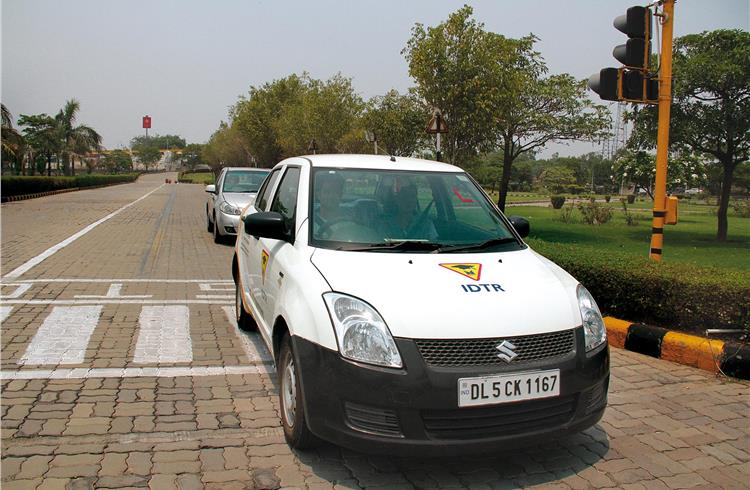

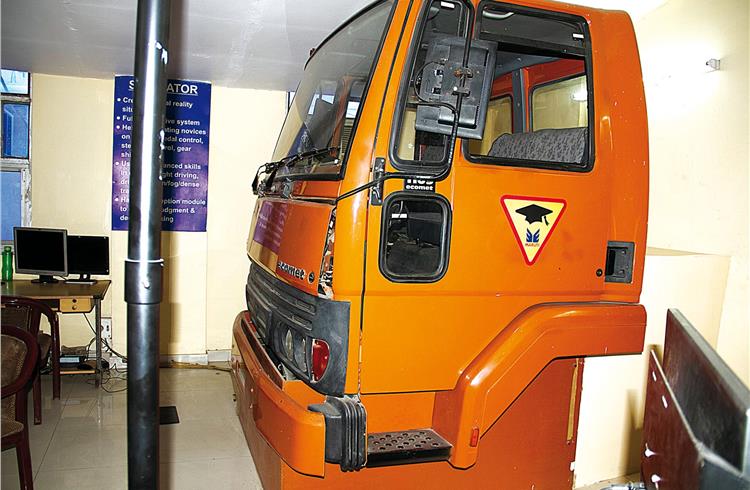
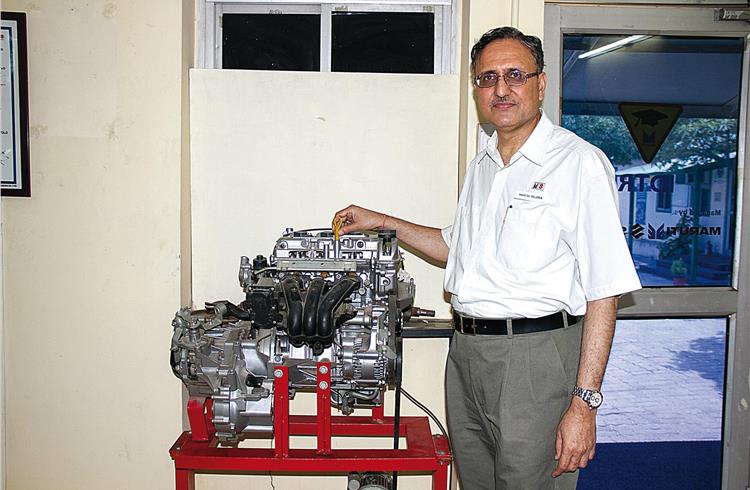
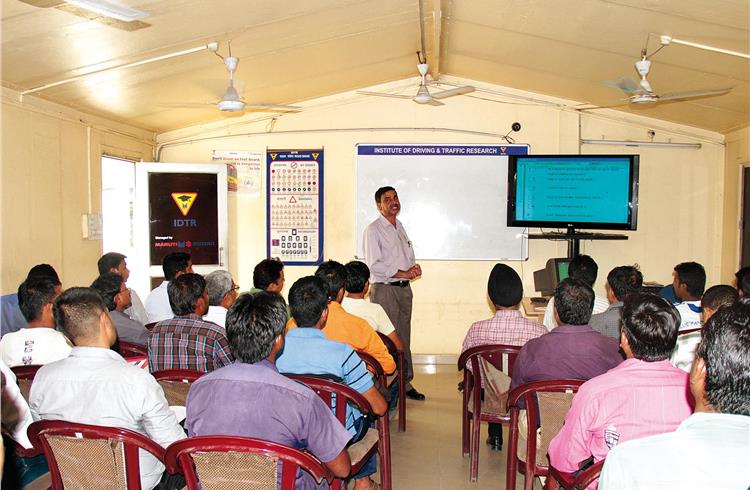
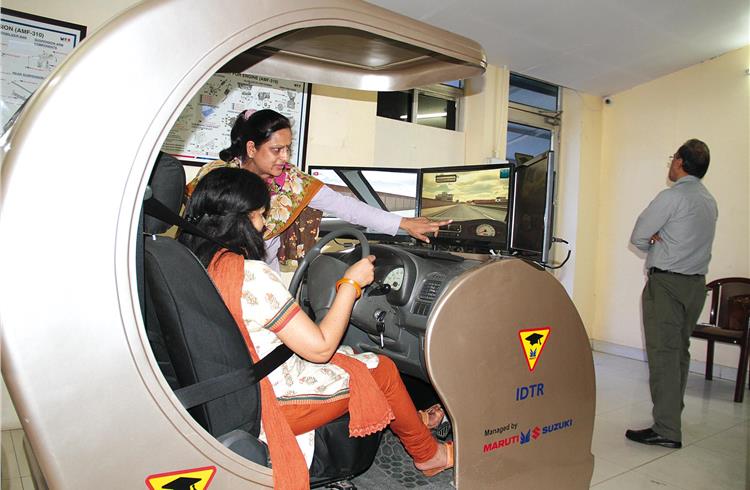
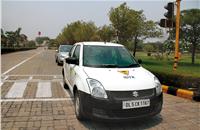
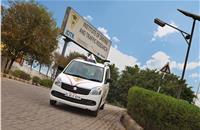
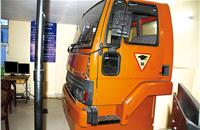
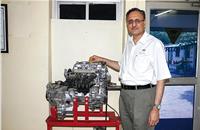
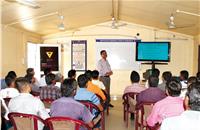
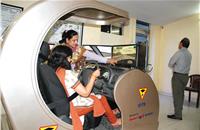

 Autocar Pro News Desk
Autocar Pro News Desk

